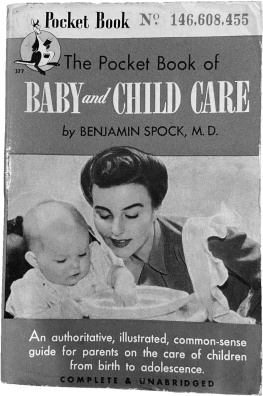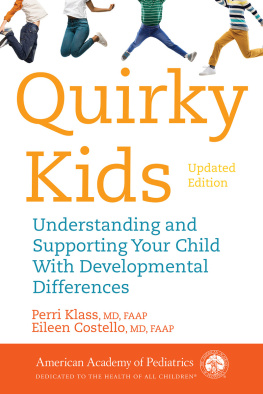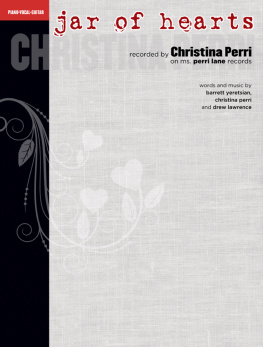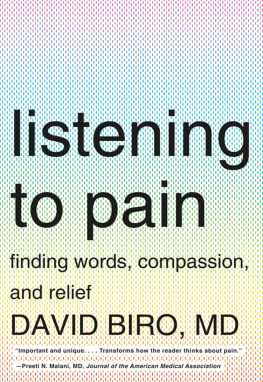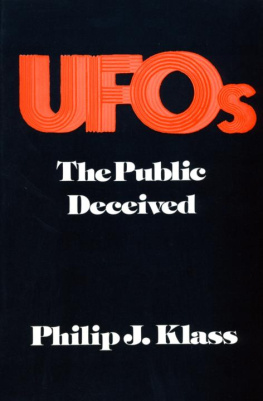Perri Klass - A Good Time to Be Born
Here you can read online Perri Klass - A Good Time to Be Born full text of the book (entire story) in english for free. Download pdf and epub, get meaning, cover and reviews about this ebook. year: 2020, publisher: W. W. Norton & Company, genre: Home and family. Description of the work, (preface) as well as reviews are available. Best literature library LitArk.com created for fans of good reading and offers a wide selection of genres:
Romance novel
Science fiction
Adventure
Detective
Science
History
Home and family
Prose
Art
Politics
Computer
Non-fiction
Religion
Business
Children
Humor
Choose a favorite category and find really read worthwhile books. Enjoy immersion in the world of imagination, feel the emotions of the characters or learn something new for yourself, make an fascinating discovery.
- Book:A Good Time to Be Born
- Author:
- Publisher:W. W. Norton & Company
- Genre:
- Year:2020
- Rating:5 / 5
- Favourites:Add to favourites
- Your mark:
- 100
- 1
- 2
- 3
- 4
- 5
A Good Time to Be Born: summary, description and annotation
We offer to read an annotation, description, summary or preface (depends on what the author of the book "A Good Time to Be Born" wrote himself). If you haven't found the necessary information about the book — write in the comments, we will try to find it.
A Good Time to Be Born — read online for free the complete book (whole text) full work
Below is the text of the book, divided by pages. System saving the place of the last page read, allows you to conveniently read the book "A Good Time to Be Born" online for free, without having to search again every time where you left off. Put a bookmark, and you can go to the page where you finished reading at any time.
Font size:
Interval:
Bookmark:

ALSO BY PERRI KLASS
Nonfiction
Treatment Kind and Fair: Letters to a Young Doctor
Baby Doctor: A Pediatricians Training
A Not Entirely Benign Procedure: Four Years as a Medical Student
Quirky Kids: Understanding and Supporting Your Child With Developmental Differences , with Eileen Costello, MD
Every Mother Is a Daughter: The Never-Ending Quest for Success, Inner Peace, and a Really Clean Kitchen , with Sheila Solomon Klass
Two Sweaters for My Father: Writing About Knitting
The Real Life of a Pediatrician (editor)
Fiction
The Mercy Rule
The Mystery of Breathing
Love and Modern Medicine: Stories
Other Womens Children
I Am Having an Adventure: Stories
Recombinations
to Be
Born
How Science and Public Health
Gave Children a Future

PERRI KLASS

Copyright 2020 by Perri Klass
All rights reserved
First Edition
For information about permission to reproduce selections from this book, write to Permissions, W. W. Norton & Company, Inc., 500 Fifth Avenue, New York, NY 10110
For information about special discounts for bulk purchases, please contact W. W. Norton Special Sales at specialsales@wwnorton.com or 800-233-4830
Jacket design by Eric C. Wilder
Jacket art by Francis Luis Mora / Library of Congress, LC-USZC4-9867
Book design by Lisa Buckley Design
Production manager: Beth Steidle
The Library of Congress has cataloged the printed edition as follows:
Names: Klass, Perri, 1958 author.
Title: A good time to be born : how science and public health gave children a future / Perri Klass.
Description: First edition. | New York, N.Y. : W. W. Norton & Company, [2020] | Includes bibliographical references and index.
Identifiers: LCCN 2020022472 | ISBN 9780393609998 (hardcover) | ISBN 9780393610000 (epub)
Subjects: MESH: Child Mortalityhistory | Infant Mortalityhistory | Child Healthhistory | Biomedical Research | Preventive Health Servicestrends | United States
Classification: LCC HB1323.I4 | NLM WA 11 AA1 | DDC 304.6/4dc23
LC record available at https://lccn.loc.gov/2020022472
W. W. Norton & Company, Inc., 500 Fifth Avenue, New York, N.Y. 10110
www.wwnorton.com
W. W. Norton & Company Ltd., 15 Carlisle Street, London W1D 3BS
For Eileen Costello
pediatric colleague and friend since our training days, who understands how it all comes back to clinical medicine and taking care of childrenand is always ready to hear or tell an interesting patient story
__________
For the first time in my life I was really up against facts. No student, whether in law or medicine, is living a real life.... Here, in Boston, submerged in the hectic life of a big clinic, I was abruptly forced to translate what I had studied into actuality, to realize that the luridly colored pictures in ponderous medical texts meant actual fever and pain and delirium and mutilation, and that those crisp summaries of what to do about this or that physical ailment, which had sounded so reassuring on the printed page, were of distressingly little help to an inexperienced beginner.
S. JOSEPHINE BAKER, FIGHTING FOR LIFE
_______________
O ur grandparents and great-grandparents and all the parents before, throughout history, expected that children would die. It was a known and predictable risk that went along with being a parent. Now we expect children not to die. We are the luckiest parents in history, we who are part of this wave, over the past seventy-five years or so, because we are the first parents ever who have been able to enter into parenthood in the hopeful expectation of seeing all our children survive and thrive. And we are also the luckiest children in history, born into an era when we could expect to grow up, along with all our sisters and brothers. Driving down child mortality in the late nineteenth and early twentieth centuries was in no way a single project, but it can be seen as a unified human accomplishmentmaybe even our greatest human accomplishment, at least for pediatricians and parents. The entire world has relearned, with some shock and great sorrow, how vulnerable our precious human bodies are to the microorganisms that find ways to take advantage of how we live, what we eat, how we travel. Parents have taken some comfort in knowing that, for the most part, children have been less severely affected by Covid-19, but all through human history, babies and children have been a particularly vulnerable group, and parents have lived with the fear of contagion, infection, and death.
Children used to die, regularly and unsurprisingly. Babies died at birth or soon after, because they were premature or just weak, because they were born with congenital anomalies, because they got infections. Older infants and one-year-olds died of summer diarrhea, often caused by microbes in the water or in the cows milk they had started drinking after they had been weaned. Three-year-olds and four-year-olds (and five- and six- and seven- and eight-year-olds) died of scarlet fever and diphtheria and pneumonia and measles, of skin infections that turned into sepsis or influenza that turned into pneumonia. As recently as the late nineteenth and early twentieth centuries, almost every family in every ethnic group and every country, rich or poor, was touched in some way by the death of children. Childhood death was always there, in the shadows at the edge of the family landscape, in prayers and religious ceremonies, in the memorial portraits hanging on the wall, in popular sentimental poems and stories and dramas and paintings. Because they figured so consistently in childhood and family life, child deaths also figured in the art and literature and songs and stories of childhood and family life from a century ago, as they had all through human history.
I am a lover of babies and yet I cant seems to have them, wrote Mrs. W.D. from Brooklyn in 1917. I am married 11 yrs last July and would have six children and am about to become a mother again which I almost fear. I have now but 2 out of six, one boy 9 yrs and one 6 yrs. Two of them had apparently died some years agoshe didnt say howbut then within a year, she had two babies and ended up losing both of them: I gave birth to a beautiful fat boy and it lived but 3 days. The doctor told her the baby had a leaking heart. Three months later she was pregnant again; this son lived to be a year old, and then she awoke one morning and found him dead along side of me. Now pregnant again, she worried constantly both about the terrible long labor she was likely to endure and about what would become of the baby: I try and live a good honest life and my home is my heaven and babies are my idols. I love them but I am afraid something will happen to this one again.
She was writing this letter to the United States government, to the Childrens Bureau, established in 1912. This new federal office had published the pamphlets Prenatal Care (1913) and Infant Care (1914), which were immediately and enduringly popular; they were at first distributed free of charge and provided by politicians to their constituents, and were later available for purchase. By 1929, the government had estimated that these writings had touched the parents of half the babies born in the United States. Mothers responded eagerly, sending more than 125,000 letters a year to the bureau, with their questions and their stories, including accounts of deaths. You can think how I feel, Mrs. W.D. wrote to the author of the pamphlets. I cry night and day for my big fat baby, [taken] from me like that.
Font size:
Interval:
Bookmark:
Similar books «A Good Time to Be Born»
Look at similar books to A Good Time to Be Born. We have selected literature similar in name and meaning in the hope of providing readers with more options to find new, interesting, not yet read works.
Discussion, reviews of the book A Good Time to Be Born and just readers' own opinions. Leave your comments, write what you think about the work, its meaning or the main characters. Specify what exactly you liked and what you didn't like, and why you think so.

